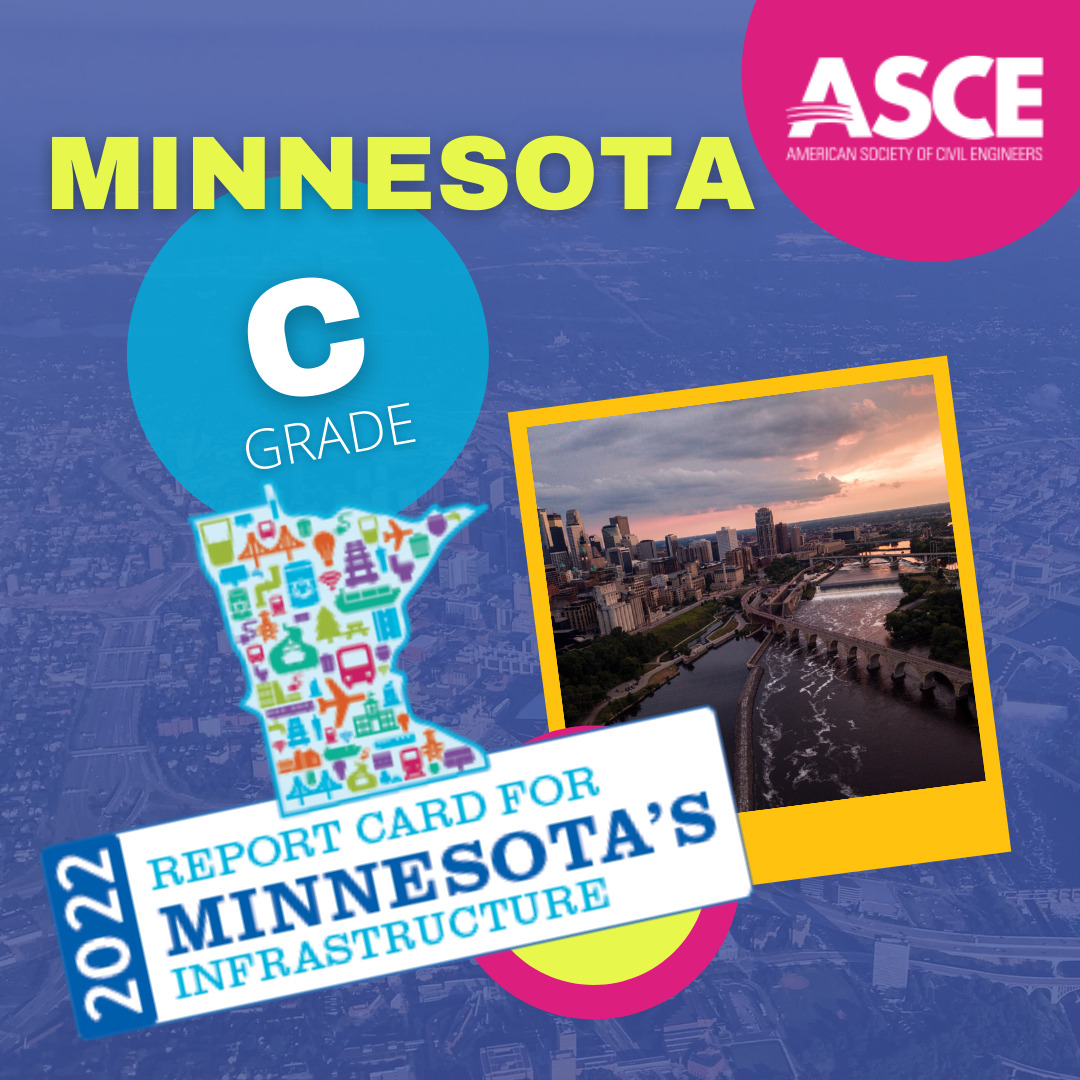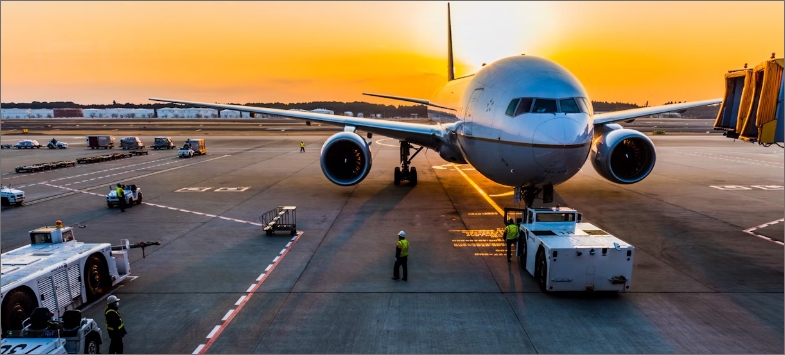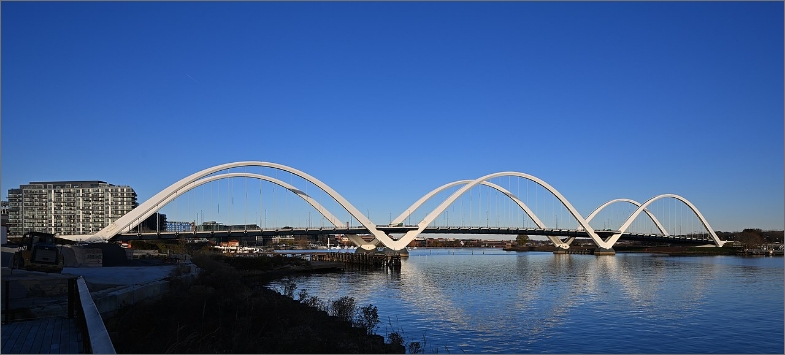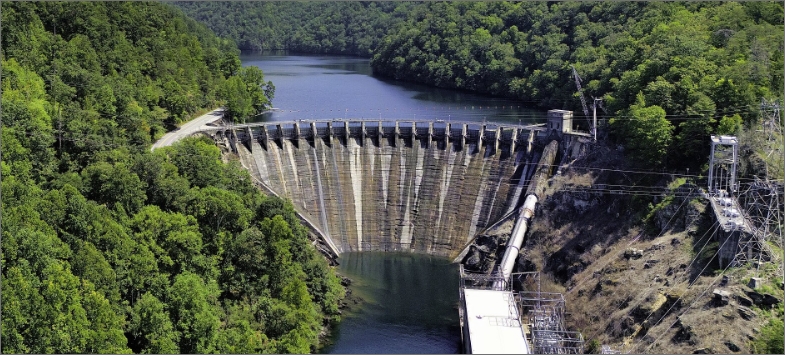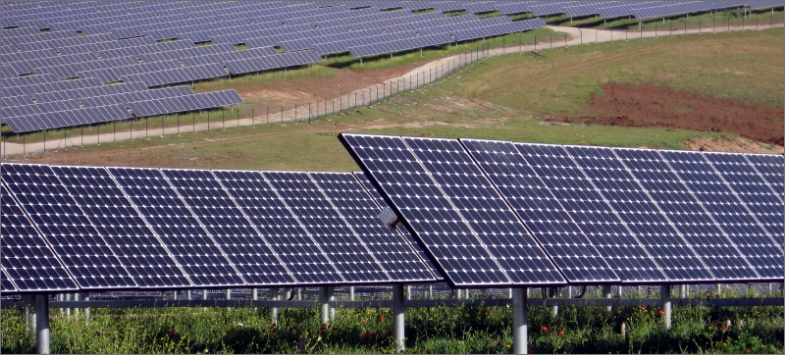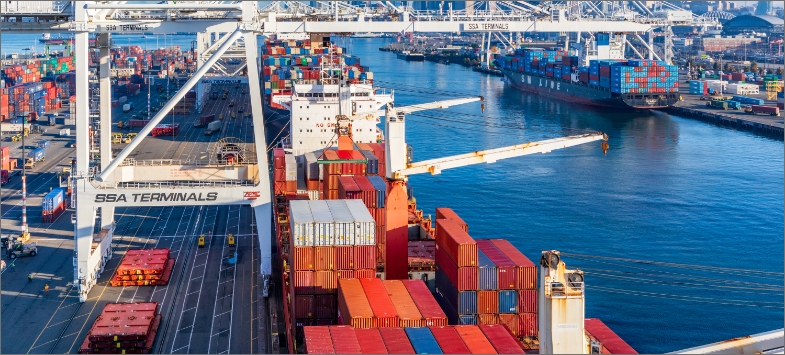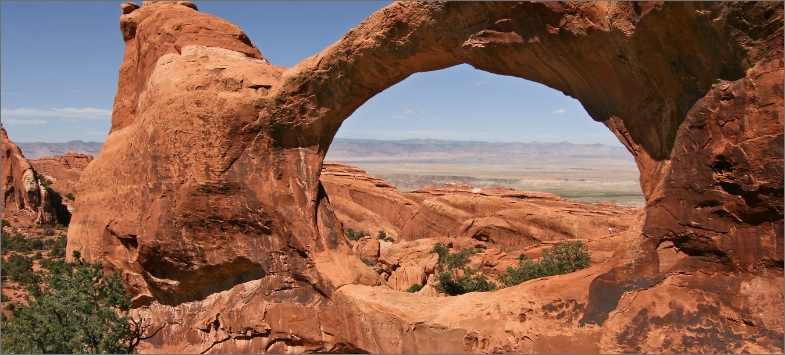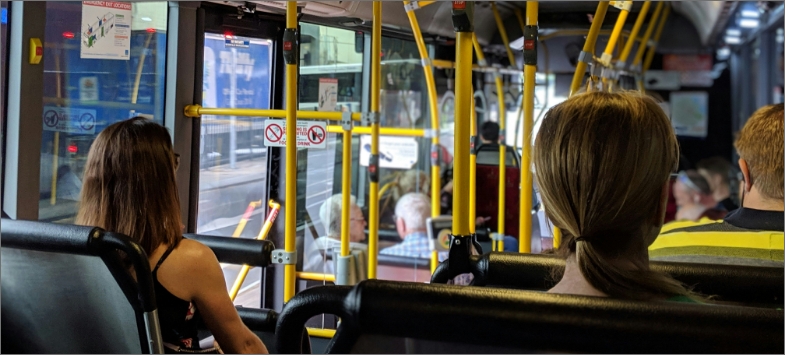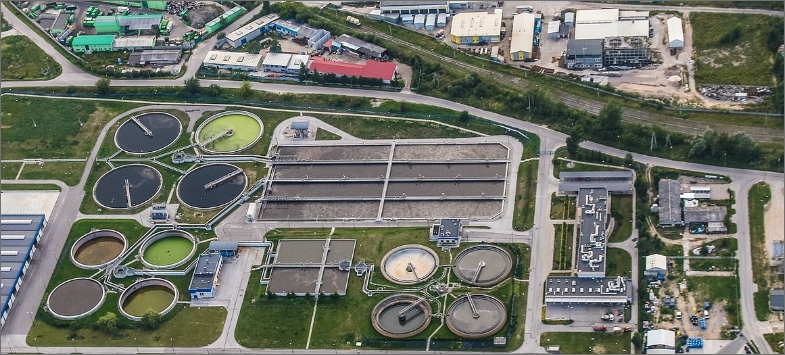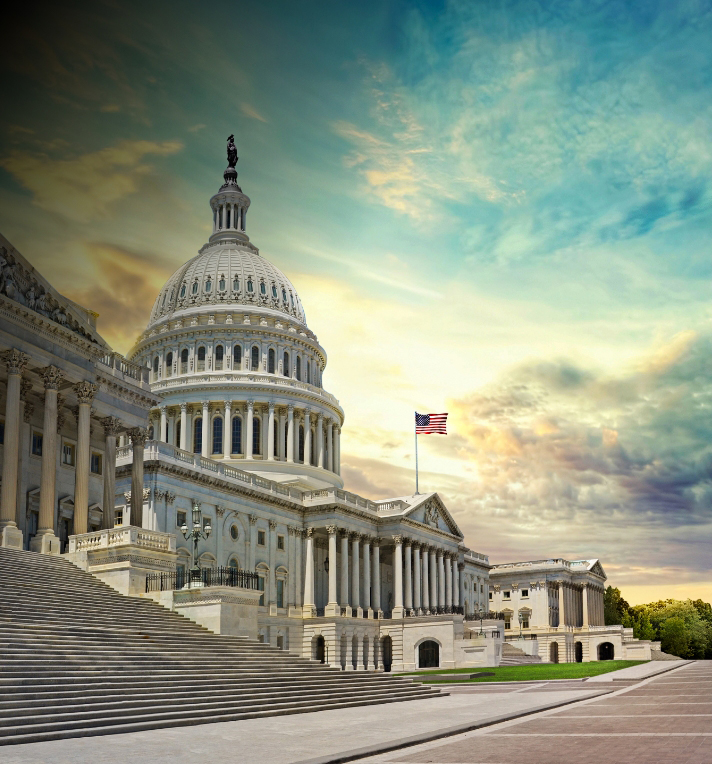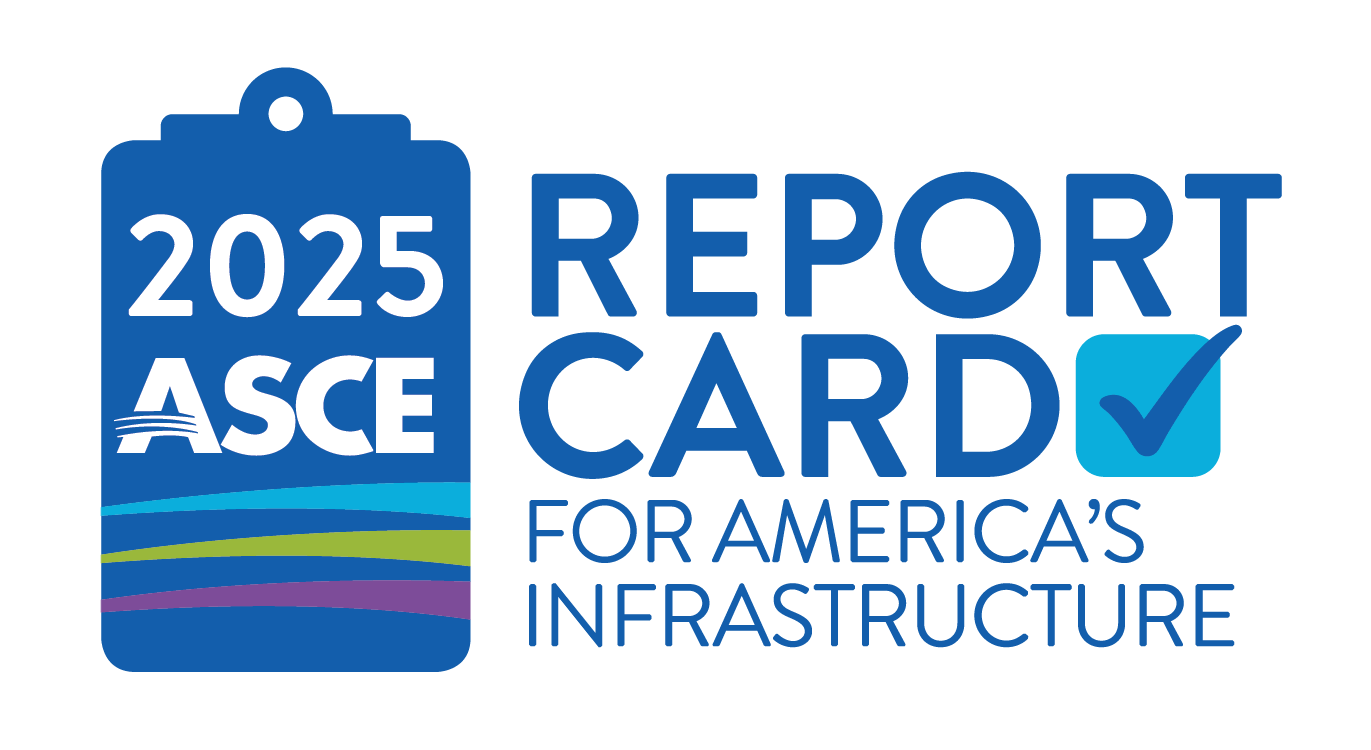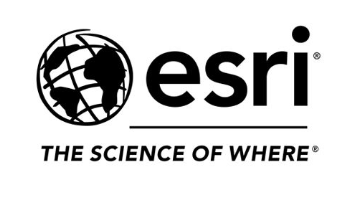2022 Minnesota Infrastructure Report Card
2022 Report Card GPA: C
Infrastructure includes fundamental facilities and systems necessary for Minnesota’s economy to function. Roads, bridges, transit systems, public parks, airports, water and sewer systems, dams, ports, and the energy grid are categories of infrastructure that directly affect our ability to live, work, and play. Infrastructure is the backbone of our state’s economy and integral to preserving our high quality of life here in the Land of 10,000 (+!) Lakes.
Our transportation system gets people to work every day or to visit friends and family on the weekends. Water systems deliver clean drinking water to our communities and businesses. Wastewater treatment systems protect our lakes, rivers, and drinking water sources from contamination.
Much of Minnesota’s infrastructure is aging and reaching the end of its expected lifespan. The majority of our systems were built in the late 20th century, before much of today’s modern technology was developed. New materials, expanded environmental awareness, and increased regulation require improvements to water treatment plants and updates to the energy grid.
The past two years, especially, have shown us how fragile our systems have become. Our infrastructure systems of decades ago need upgrading to better meet and prepare for current and future climate trends, increased use of renewable fuels, a changing population, and an evolving economy.
Broader adoption of asset management systems can help inform systematic operations, maintenance, and upgrades. Comprehensively tracking the age, repairs, and maintenance status of the infrastructure we have will help control and reduce the need for disruptive emergency improvements.
Minnesota must support innovative policies leading to cleaner water distribution, more modality between transportation systems, and a safe and healthy environment that will attract business and improve the quality of life for all Minnesotans.
The 2022 Minnesota Infrastructure Report Card is a simple tool used to help residents, businesses, and policymakers understand the state of Minnesota’s formation helps start the conversation about how to he future of our infrastructure.
Read the executive summary here.



